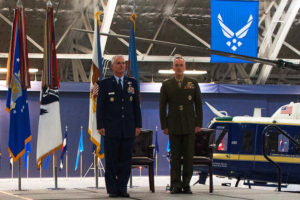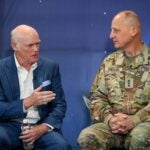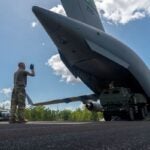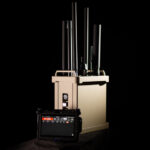
Selva Out, Hyten in the Wings. Air Force Gen. Paul Selva, the 10th vice chairman of the Joint Chiefs of Staff, retired last Wednesday after a 39-year career. Over his career, Selva served as the commander of U.S. Transportation Command and flew 3,300 hours as a command pilot in aircraft including the C-5, C-17A, C-14B, C-37, KC-10, KC-135A and T-37. His likely successor, U.S. Strategic Command Commander Air Force Gen. John Hyten, has been approved by SASC for confirmation, but…













